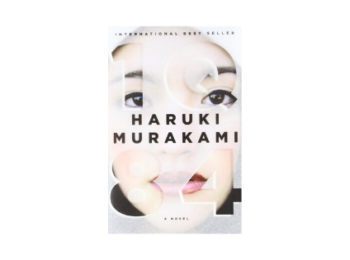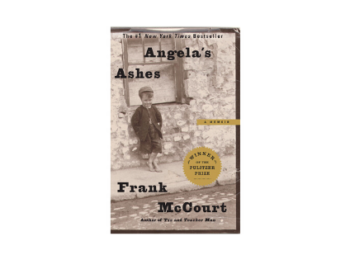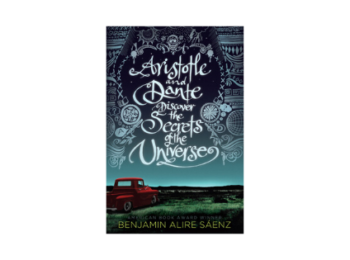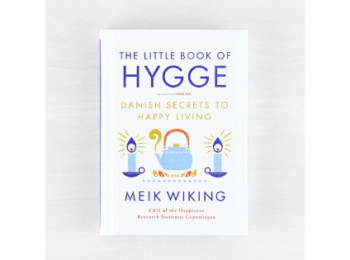The character development, the history, the eye-opening reality of brutality and discrimination, the love, the strength, the hope, the God, the color purple.
The Color Purple by Alice Walker isn’t always easy to read, not because of Celie’s nomenclature (“You better not never tell nobody but God“), but because of the pain and violence that comes with the experiences she relates. After all, being a woman of color in the deep American south in a time of civil war, while being brought up by a “father” who repeatedly rapes her, isn’t the most easiest of circumstances.
What’s impressive, however, is seeing Celie’s development as a woman throughout the book, from her quiet submission to her later audacious manner of speech, as influenced by the strong and fiercely independent Shug Avery and, of course, Memphis.
But there’s more to this book than a poor woman’s struggle for personal space and freedom. There is also mention of the wild African Olinka landscape, which provides quite a backdrop to compare and contrast just how different – and surprisingly similar – people could be, no matter the place they hail from, nor what color their skin may be. The tones of discrimination between peoples miles apart are eerily similar, as is the racism, the sexism, and the deeply held beliefs.
What is glaring, however, is the simple fact that this is a book about “evil” and “nasty” women who dared live freely and independently despite what everyone else had to say. Each of the women here have their own traits, and they’re stubborn, beautiful, alluring, headstrong. Seeing Celie come to terms with this and ultimately find her own strength was quite a journey on its own.
Overall, The Color Purple is a personal treatise of how it feels like to live with a heart full of hope in the middle of a hopeless situation. If you really think about it, it probably does piss God off if you walk by the color purple in a field somewhere and don’t notice it.
The Color Purple by Alice Walker
My rating: 5 of 5 stars
Review first written March 13, 2019.






